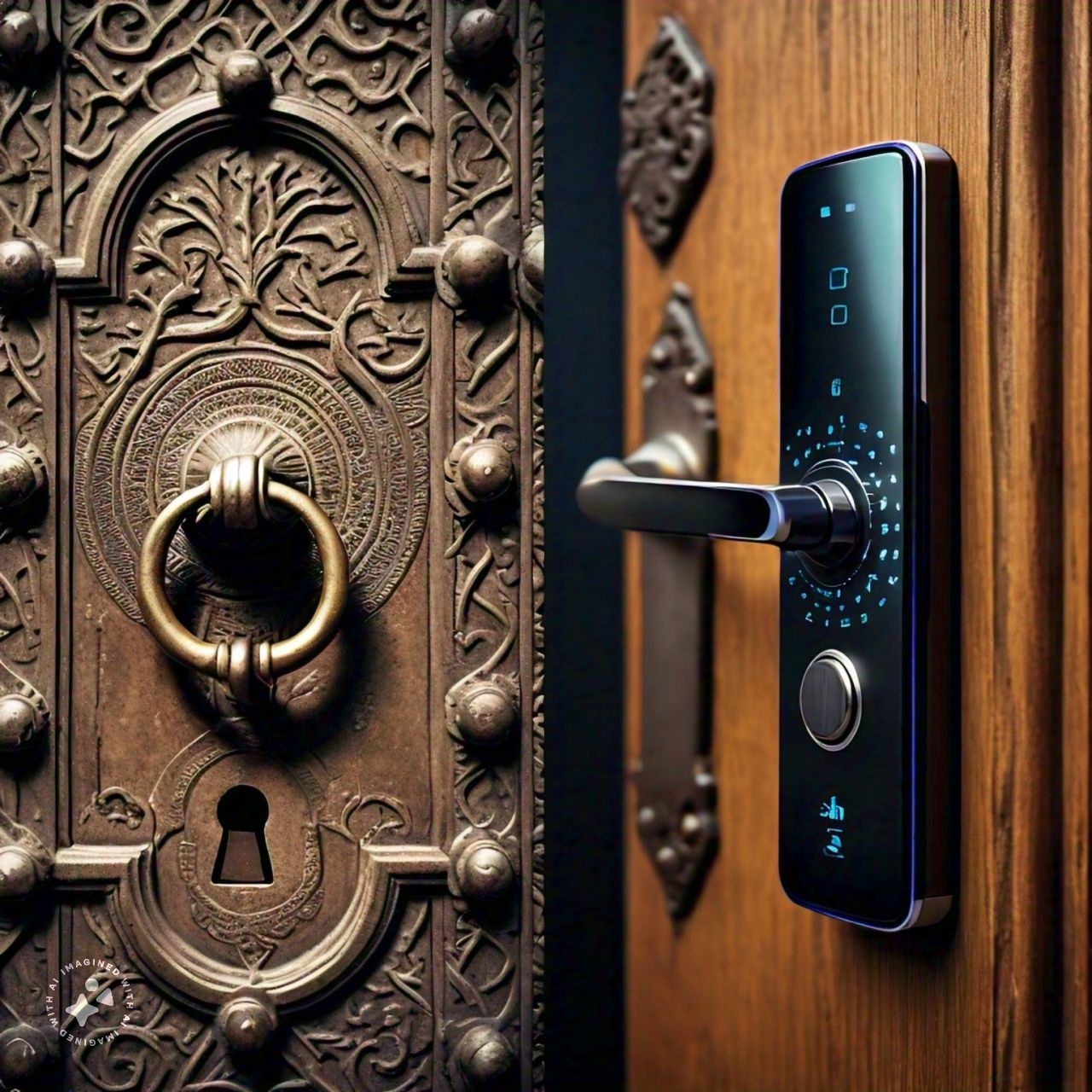From the ancient wood bolt to the complex biometric scanners of nowadays, the change of door locks is an impressive adventure through the human records. The idea of securing entrances has been essential to civilizations due to the fact that ancient instances pushed through the Health And Fitness Flow need for safety, privateness, and management. This article delves into the wealthy tapestry of the historical history of door locks, tracing their development via the ages to the advent of modern clever locks
Ancient Origins:
The earliest proof of door locking mechanisms dates back to historical civilizations which includes Egypt and Mesopotamia. In historic Egypt, timber bolts and bars were used to stable doors, with a few examples related as a way lower back as 4000 BCE. These early kitchen handles have been simple in layout however powerful in providing simple security.
Mesopotamian cultures also contributed to the development of early locking mechanisms. Clay capsules from around 2000 BCE depict the use of timber pegs as lock mechanisms. These pegs have been inserted into holes drilled into the door body, preventing the door from being opened without their removal.
The Rise of Metal Locks:
As civilizations improved, so did the sophistication of locking mechanisms. The Bronze Age saw the emergence of metalworking techniques, mainly to the development of steel locks. Ancient Greeks and Romans utilised intricate designs consisting of the warded lock, which consisted of a sequence of obstructions (wards) in the lock that could most effectively be bypassed with the precise key.
The Romans similarly delicate lock technology with the introduction of the tumbler lock, a precursor to modern pin tumbler locks. This creative layout applied a set of pins that could align while the correct key became inserted, permitting the lock to be opened.
Mediaeval Innovations:
During the Middle Ages, improvements in metallurgy and craftsmanship fueled innovation in lock design. The mediaeval length noticed the upward thrust of ornate and problematic locks, frequently offering complex engravings and motifs. Locksmith guilds flourished, with skilled artisans crafting locks for castles, churches, and rich estates.
One superb development in the course of this time changed into the introduction of the mortise lock, which was inset into the door and supplied elevated security compared to floor-hooked up locks. These locks had been operated with keys that featured complicated designs, making them difficult to replicate.
Industrial Revolution and Mass Production:
The Industrial Revolution marked a tremendous turning point inside the records of door locks. Mass manufacturing techniques enabled the enormous availability of locks, making them greater available to the general population. Innovations consisting of the lever tumbler lock, patented by means of Jeremiah Chubb in the early nineteenth century, further advanced protection and reliability.
The twentieth century witnessed the advent of cylinder locks, which revolutionised the industry with their compact design and ease of set up. Brands like Yale and Schlage have become synonymous with nice and security, placing the standard for mechanical locks for many years to come.
The Emergence of Smart Locks:
In the digital age, traditional locks have given way to the subsequent evolution in home safety: clever locks. Combining present day era with comfort, clever locks provide a variety of functions beyond easy key-based totally get right of entry to.
Smart locks may be operated remotely through cell phone apps, permitting homeowners to lock and unlock their doors from everywhere with an internet connection. This degree of connectivity gives exceptional convenience and peace of mind, specifically for individuals who lead busy lifestyles or regularly journey.
Furthermore, smart locks regularly contain extra security capabilities including biometric authentication (fingerprint or facial recognition), voice manipulation, and interest logs that song who enters and exits the premises and whilst. These capabilities no longer best decorate security but additionally offer precious insights into home interest.
The Future of Door Security:
As technology continues to improve, the future of door safety holds infinite opportunities. Biometric authentication, as soon as the stuff of technological know-how fiction, is turning into an increasing number of commonplace in clever lock systems. Advancements in synthetic intelligence and machine studying promise to further refine protection protocols and make smart locks even more intuitive and secure.
Moreover, the combination of clever home structures allows for seamless interoperability between locks, protection cameras, and different connected devices. This approach to home safety gives strong and comprehensive protection in opposition to unknown threats. .
Conclusion:
The history of door knobs is proof of humanity’s ongoing interest for security and innovation. From humble beginnings in historic civilizations to the state-of-the-art smart locks of nowadays, the evolution of locking methods displays the ever-converting panorama of era and society.
As we look to the future, smart locks are poised to redefine the way we secure our homes and agencies. With their blend of convenience, connectivity, and advanced protection features, clever locks constitute the subsequent frontier in door security, making sure that our entrances stay not only locked but additionally intelligently safeguarded.




